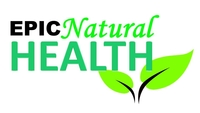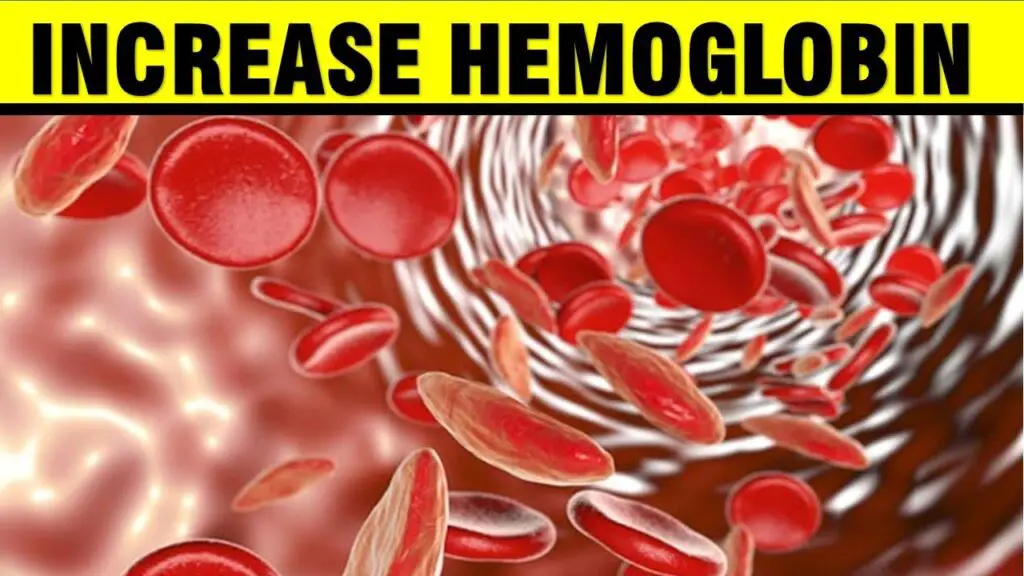Red blood cells are responsible for carrying oxygen around the body and carry carbon dioxide out of cells to the lungs to be released. Hemoglobin is a protein found in red blood cells and is essential for this process to work correctly. If you have low levels of hemoglobin, this can reduce your ability to move oxygen around the body and get rid of carbon dioxide efficiently.
Fortunately, hemoglobin levels can be increased naturally through diet. In this guide, we'll discuss which foods you should eat and which you should avoid in order to raise hemoglobin levels.
Foods that Increase Hemoglobin
Certain foods have been proven to increase hemoglobin levels naturally. If you want to boost your hemoglobin levels, try the following:
1. Eat more Iron
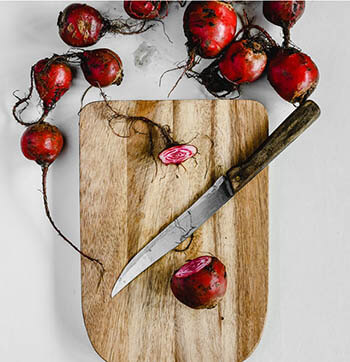

Increasing your intake of iron-rich foods will increase the production of hemoglobin and create more red blood cells.
These foods are good sources of iron:
- Green, leafy vegetables like kale, chard, spinach, collard greens, and watercress
- Beetroot
- Eggs (try not to eat more than 7 per week)
- Dried fruit such as dates, figs, or raisins
- Meat and fatty fish (try to avoid processed meats)
- Vegetables such as broccoli, asparagus, and green beans
- Nuts and seeds (opt for unsalted versions) like sesame seeds and cashews
- Soy-based products like tofu or edamame
- Nut butters such as peanut butter
- Red and yellow bell peppers
- Iron-fortified products such as cereals, bread, pasta, or rice
- Fermented foods
2. Up your Intake of Folate
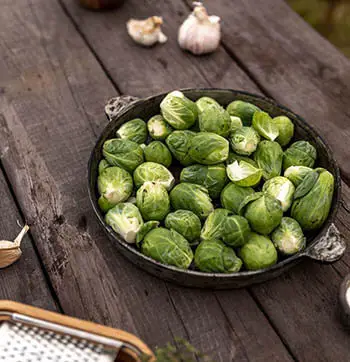

Folate (folic acid) plays a crucial role in the production of hemoglobin in the body. Folate is a natural form of vitamin B9 and it is used by the body to produce heme, which helps to carry oxygen around the body. Not consuming enough folate can cause low hemoglobin levels and even folate-deficiency anemia.
These foods are naturally high in folate:
- Green leafy vegetables like turnip greens, romaine lettuce, asparagus, and brussel sprouts
- Beans (aim for at least two servings per week) such as black-eyed peas and kidney beans
- Peanuts (unsalted is best)
- Sunflower seeds
- Fresh fruit like bananas
- Whole grains like rice and wheatgerm
- Chicken liver
- Seafood
- Fortified foods
- Avocadoes
- Beetroot
3. Optimize Iron Absorption
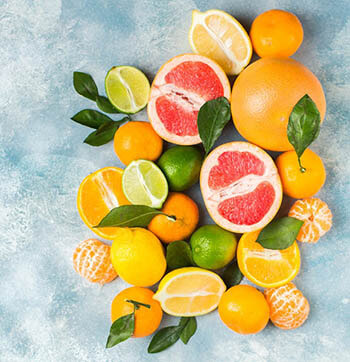

Simply consuming iron-rich foods on their own may not be enough to boost iron levels. Your body needs help to absorb iron. Foods high in vitamin C and beta-carotene aid your body in absorbing iron properly so it's best to eat vitamin C alongside iron for maximum absorption.
The following foods are rich in vitamin C:
- Green, leafy vegetables like kale or collard greens
- Sweet potatoes
- Squash
- Fish
- Citrus fruits such as lemons, oranges, and grapefruit
- Berries
- Papaya
- Bell peppers
- Broccoli
- Tomatoes
Generally speaking, yellow, red, and orange fruit and veggies are rich in beta-carotene and should be eaten with iron-rich foods:
- Carrots
- Red peppers
- Cantaloupes
- Mangoes
- Tomatoes
- Pumpkin
- Red cabbage
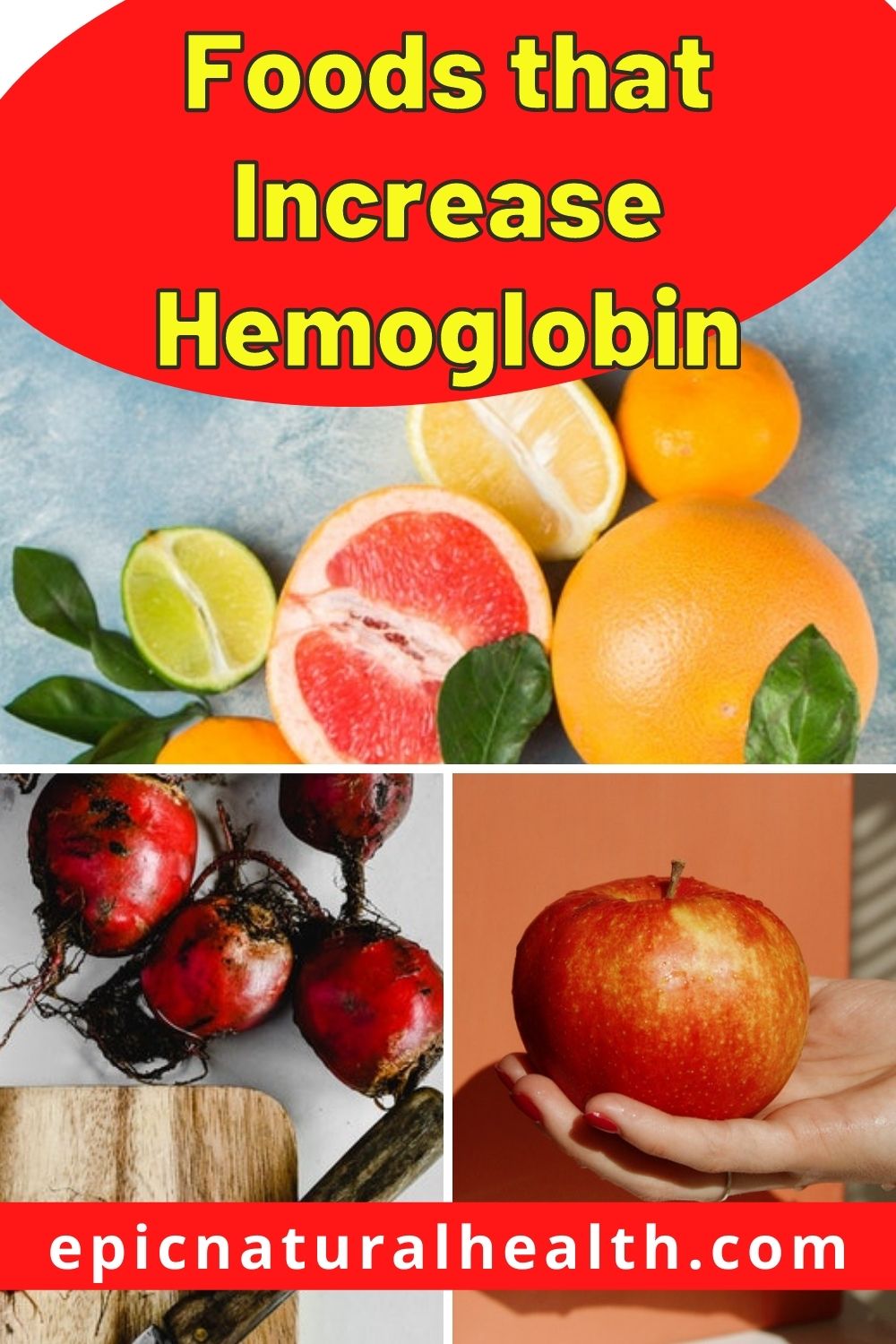

4. Sip on Nettle Tea
You may associate nettles with a painful sting, but this herb is actually brimming with vitamin B, iron, and vitamin C.
Nettle tea is an excellent way to naturally raise hemoglobin levels in the body. To drink, add two heaped teaspoons of dried nettle leaves (or an infusion with other herbs) to a cup of hot water and leave it to brew for around 10 minutes. Once brewed, strain the leaves and sweeten the mixture with a natural sweetener such as honey. Drink twice a day.
5. Have an Apple a Day
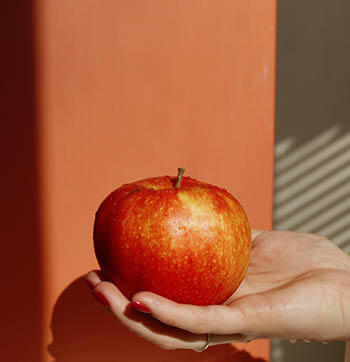

There's a reason why they say "an apple a day keeps the doctor away". Apples assist in maintaining healthy levels of hemoglobin. They're rich in iron and other essential nutrients needed to produce hemoglobin. Try to eat one apple a day to make sure you're getting the iron your body needs.
6. Chow Down on Moringa Leaves
![Moringa leaves are packed with minerals and vitamins] moringa leaves](https://www.epicnaturalhealth.com/wp-content/uploads/2022/03/Moringa-leaves-are-packed-with-minerals-and-vitamins.jpg)
![Moringa leaves are packed with minerals and vitamins] moringa leaves](https://www.epicnaturalhealth.com/wp-content/uploads/2022/03/Moringa-leaves-are-packed-with-minerals-and-vitamins.jpg)
Moringa leaves are packed with minerals and vitamins such as vitamins A and B, zinc, magnesium, iron, and vitamin C. To add this to your diet, finely chop moringa leaves and make a paste. Then, mix in a teaspoon of jaggery powder and blend. Make this a breakfast staple to boost hemoglobin and red blood cell count.
Foods to Avoid if you have Low Hemoglobin
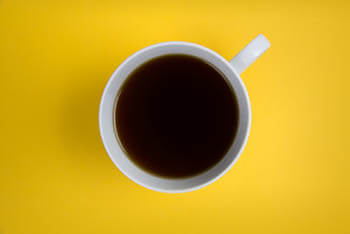

There are certain foods and drinks that act as iron blockers and actually inhibit your body's ability to absorb iron. If you have low hemoglobin, try to avoid these foods and drink
- Tea and coffee
- Milk and dairy products
- Foods high in tannins like grapes and corn
- Wine and beer
- Cola and other similar carbonated beverages
- Foods containing phytates/phytic acids like brown rice and whole-grain wheat
- Foods high in oxalic acids such as parsley and chocolate
What Are Normal Levels of Hemoglobin
According to medical experts, normal levels of hemoglobin range between 14 to 18 g/dl for adult men and 12 to 16 g/dl for adult women. When hemoglobin is low in the body, you may develop anemia. Low hemoglobin is considered as less than 13.5 grams per deciliter (g/dL) for adult men and less than 12 g/dL for adult women.
Normal ranges of hemoglobin levels in children depend on the age of the child. If you think your child has low hemoglobin, contact your doctor.
Symptoms of Low Hemoglobin


Low hemoglobin is known as anemia. It makes it tough for the body to get enough oxygen, producing a number of symptoms:
- Headaches
- Fatigue and general weakness
- Dizziness
- Irregular heartbeat
- Shortness of breath
- Pale skin or gums
- Bruising easily
If you think you are suffering from anemia, ask your doctor for a complete blood count (CBC) test.
Causes of Low Hemoglobin
There are several reasons for low hemoglobin levels. Here are some of the most common:
- Chronic illness
- Iron-deficiency anemia
- Pregnancy
- Liver or kidney disease
- Deficiencies in folate or B-12 vitamins
- Thyroid issues such as hypothyroidism
- Sickle cell anemia (causes low red blood cells and hemoglobin)
- Extreme blood loss
- Certain cancers such as leukemia
- Excessive smoking
- Lung disease
Tips to Add More Iron to your Diet


If you suffer from low iron, you may need to add an iron supplement to your diet to get back on track. Here are a few other handy tips to help you increase iron in your diet
- Avoid iron blockers
- Eat foods rich in iron with foods high in vitamin C or beta-carotene for maximum absorption
- Avoid eating calcium-rich foods with iron-rich foods
- Cook food in a cast-iron skillet. Iron utensils fortify your foods with iron as it cooks
- Reduce cooking time to avoid losing valuable iron from foods
- Increase your intake of fruit by adding it to your breakfast oats and smoothies
- Introduce high-intensity workouts to encourage your body to produce more hemoglobin
Final Thoughts
There are many reasons why you may experience low hemoglobin. In most cases, making some dietary changes and taking iron supplements can help to regulate levels.
If you want to increase hemoglobin, increase your iron intake, boost your consumption of vitamin C and beta-carotene, and reduce your consumption of iron blockers. If the issue persists, contact your doctor to get full blood work done and check for underlying conditions.
